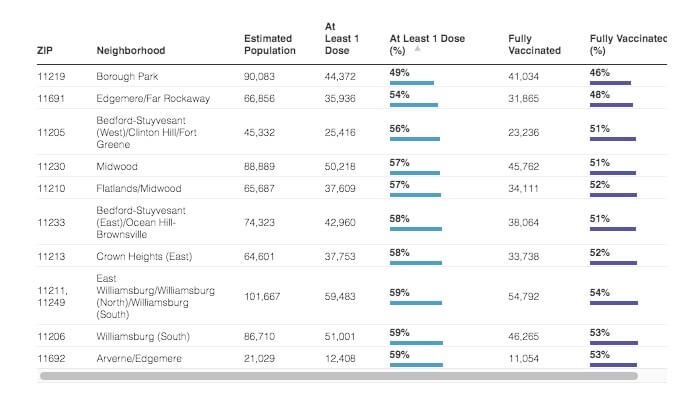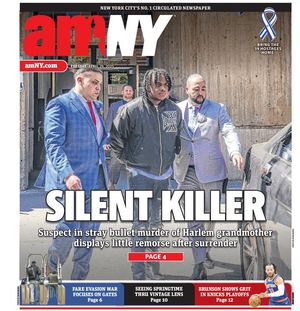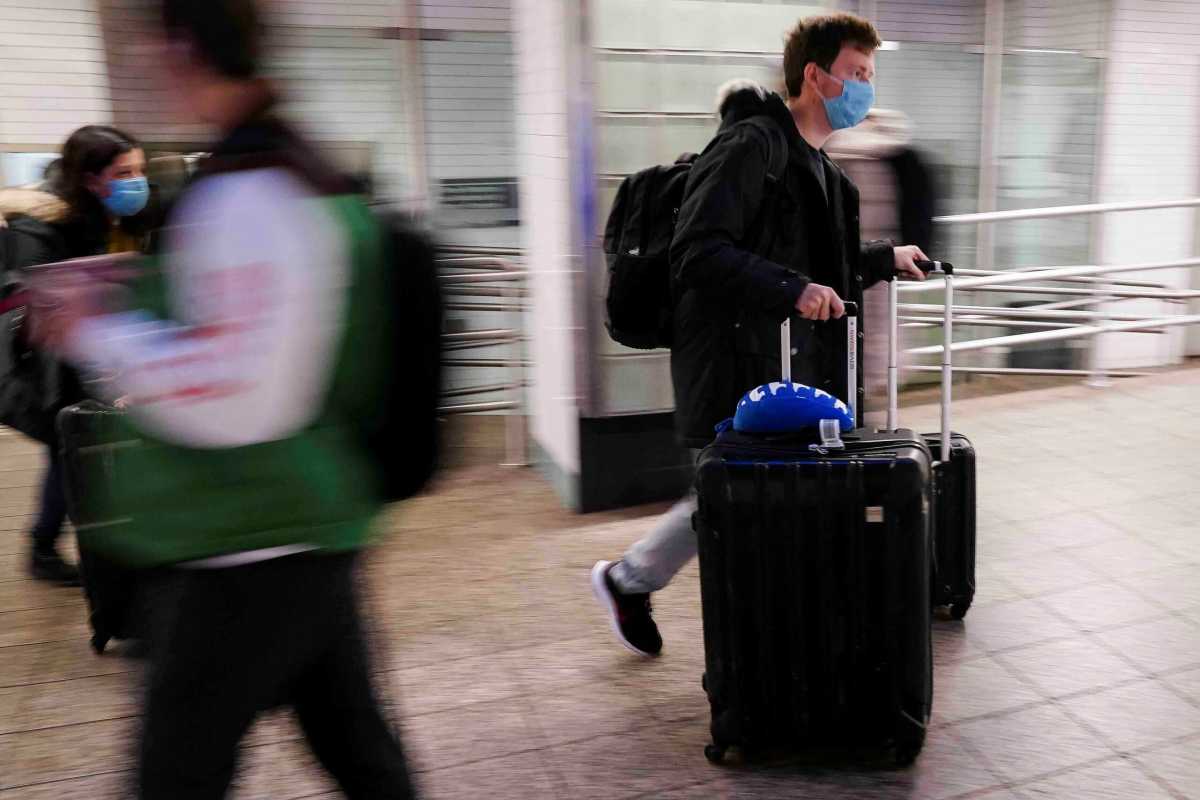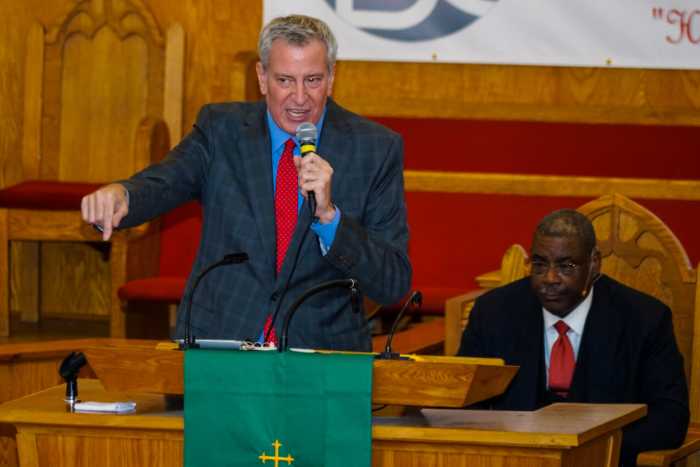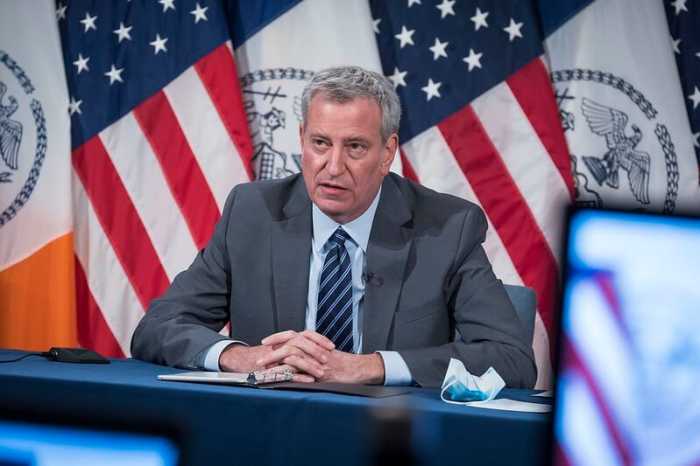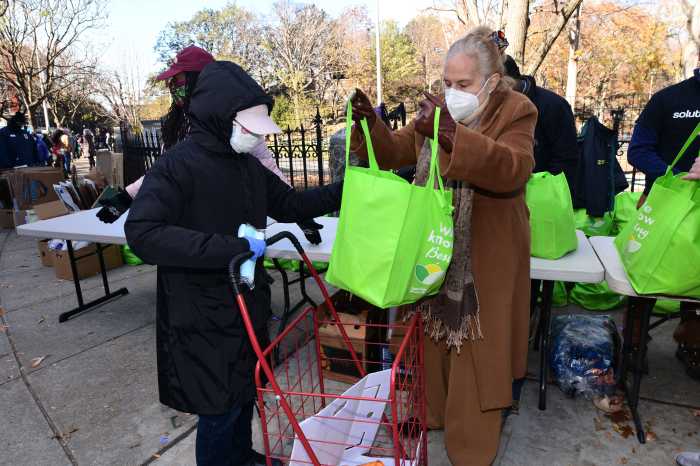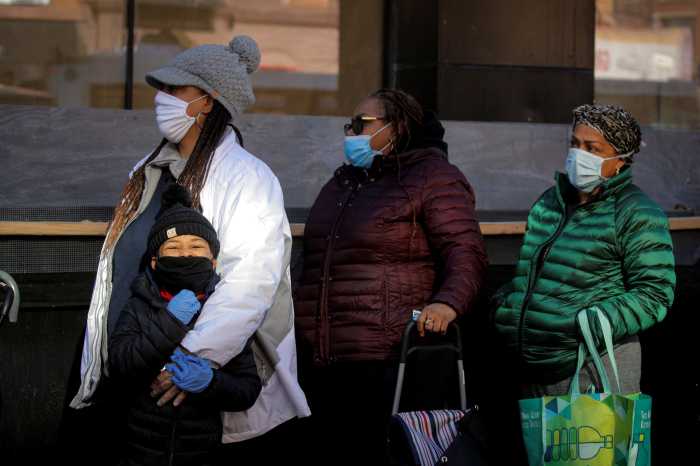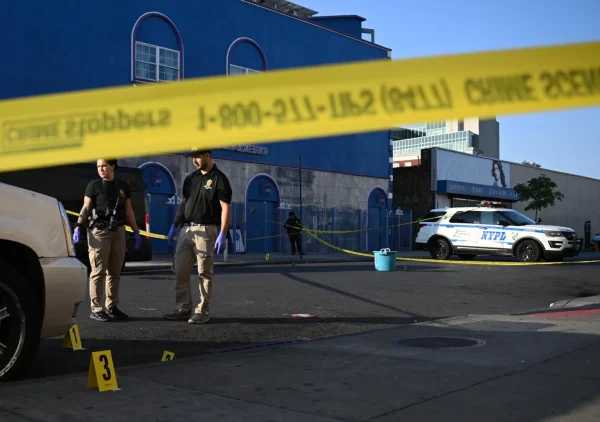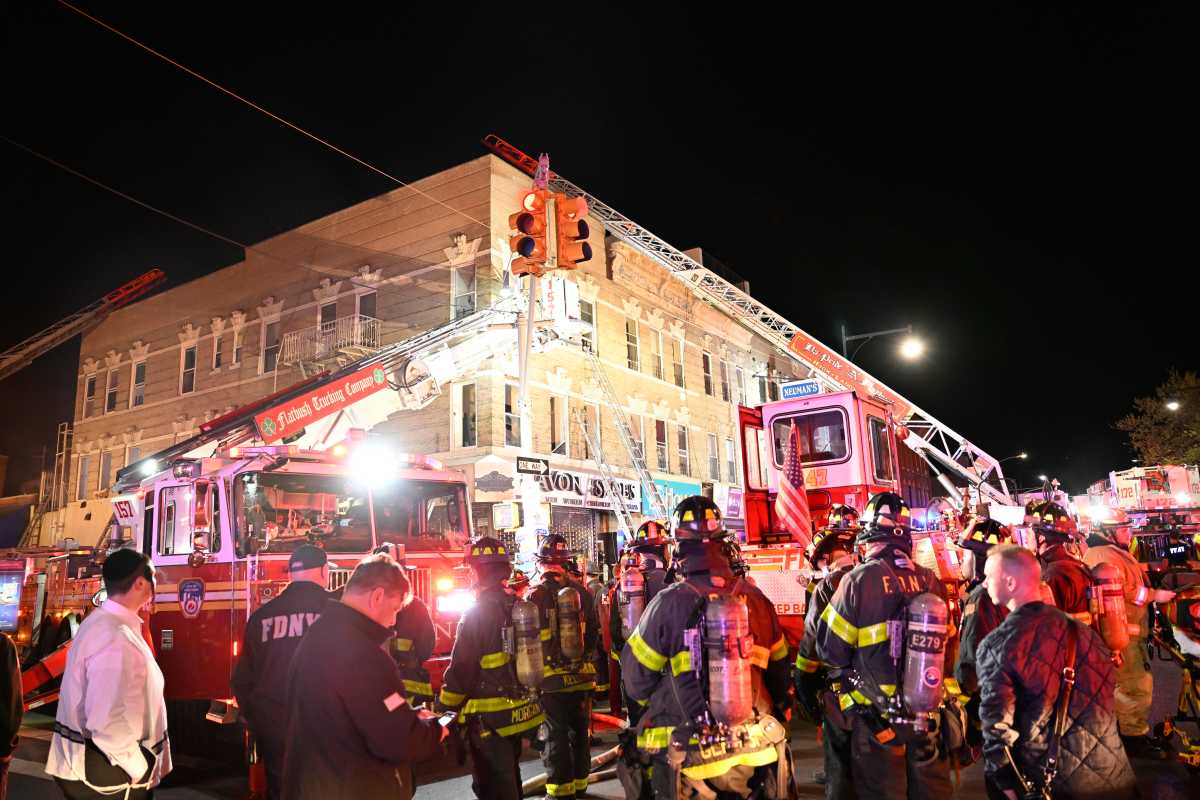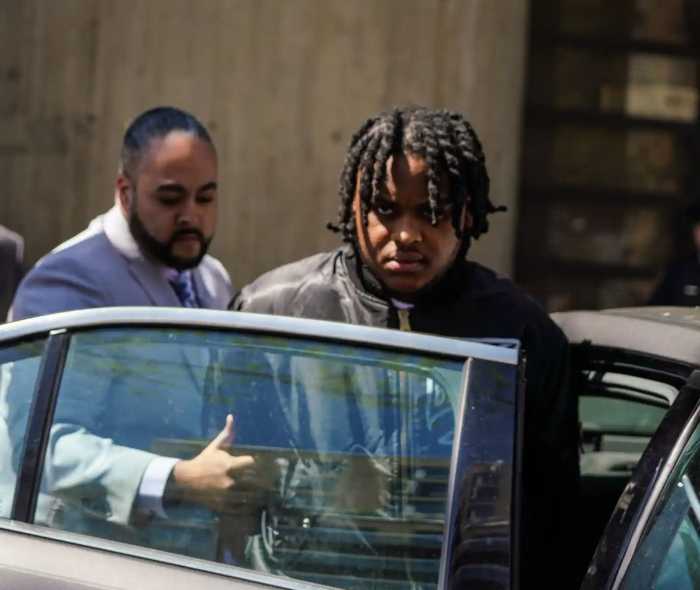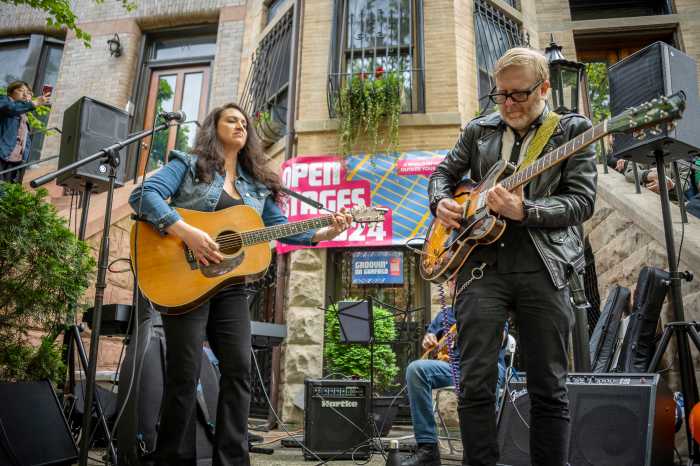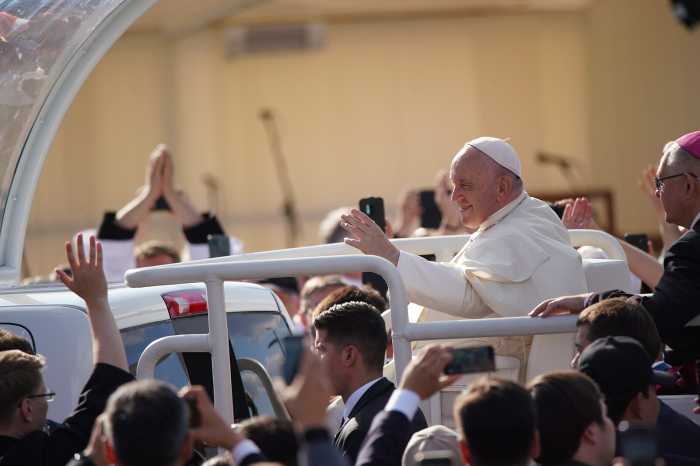Just in time for the start of the holiday season this week, COVID-19 cases are on the rise across New York City — but the situation isn’t nearly as grim as it was this time a year ago.
Public officials urged New Yorkers in November 2020 to avoid large family gatherings for Turkey Day, fearing a dramatic surge in COVID-19 cases in the weeks after Thanksgiving, leading into Christmas, Hanukkah, Kwanzaa and New Year’s. But back then, the COVID-19 vaccine had yet to be made widely available to the public.
Today, vaccinations have not only helped reopen New York City over the past year, but also enabled New Yorkers to protect themselves and their loved ones so they can again enjoy the holidays together. Still, the risk of COVID-19 infection remains, particularly among the unvaccinated, and cases are growing as the weather gets colder and more events move indoors.
Heading into Thanksgiving week, 25 communities across the Five Boroughs have 7-day positivity rates above 3%, according to the city’s Department of Mental Health and Hygiene. Thirty-five neighborhoods saw 50 or more new COVID-19 infections between Nov. 10-16.
East Williamsburg/Williamsburg, Brooklyn (ZIP code 11211), again led the entire city in the number of new COVID-19 cases last week, with 131. That was followed closely by Ridgewood/Glendale, Queens (11385) with 127, followed by the Brooklyn areas of South Williamsburg (11206, 90 cases), Midwood (11230, 88 cases), Bath Beach/Bensonhurst/Gravesend (11214, 85 cases), Brooklyn Heights/DUMBO/Downtown Brooklyn (11201, 81 cases); and Bay Ridge/Fort Hamilton (11209, 81 cases).
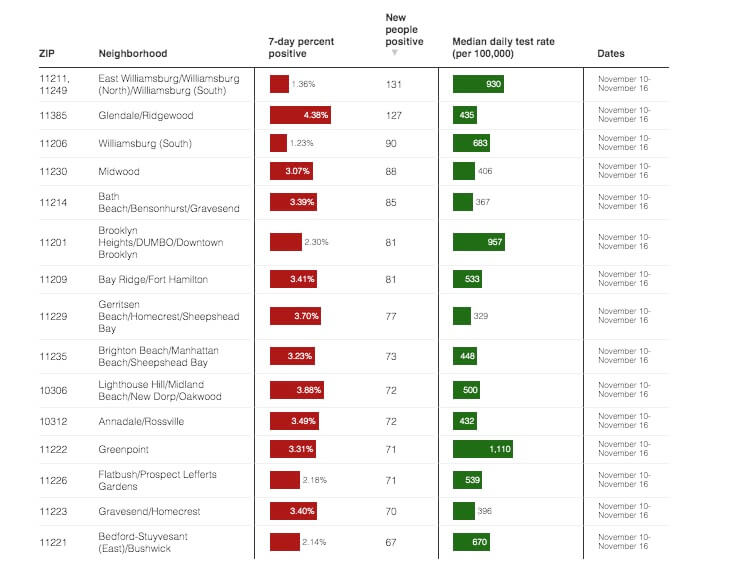
The Great Kills area of Staten Island (10308) had the highest 7-day positivity rate in the city between Nov. 10-16, at 6.21%, with 63 new cases detected. Two other Staten Island neighborhoods were in the top 10 for positivity: Charleston/Prince’s Bay/Woodrow (10309, 5.06%, 60 new cases) and Lighthouse Hill/Midland Beach/New Dorp/Oakwood (10306, 3.88%, 72 new cases).
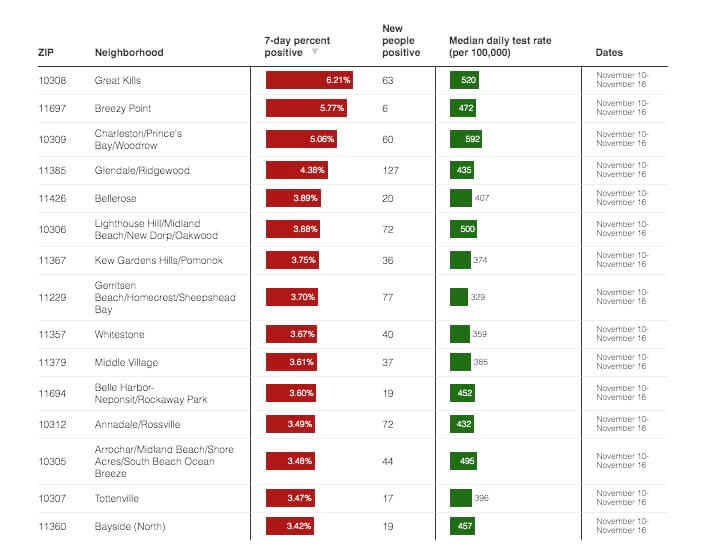
Transmission rates, which track the spread of COVID-19 across the city, are also ticking upward. The citywide rate, as of Nov. 14, stood at 99.94 cases per 100,000 people, up from 82.81 per 100,000 reported a week earlier.
Every borough but the Bronx has a higher transmission rate than the citywide number, with Staten Island leading the way at 139.24 cases per 100,000 people.
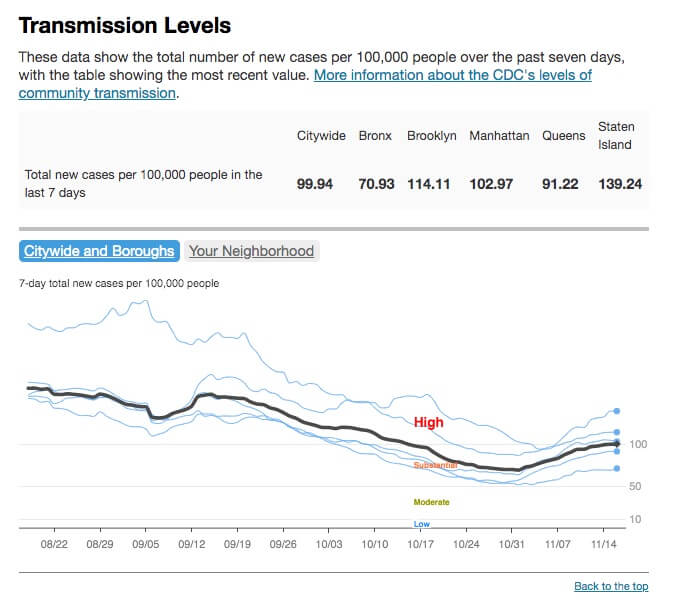
But even with more New Yorkers getting infected with COVID-19, the encouraging news is that hospitalizations and deaths remain stable and low. The hospitalization rate as of Nov. 14 was 0.64 per 100,000 residents.
Most of the COVID-19 infections requiring hospitalization in New York City continue to involve unvaccinated residents. The hospitalization rate for unvaccinated New Yorkers, as of Nov. 7, was 14.41 per 100,000 residents; by contrast, the hospitalization rate for vaccinated New Yorkers infected with breakthrough COVID-19 cases was just 1.41 per 100,000.
Vaccines continue to provide robust protection from New Yorkers, and last week, the city and CDC urged all vaccinated New Yorkers to get booster shots to further protect themselves against the virus.
Treatment of COVID-19 has also come a long way in recent months, with new therapies such as monoclonal antibodies helping to reduce the severity of infection, and prevent New Yorkers from becoming seriously ill and/or dying of COVID-19.
But plenty of New York City neighborhoods continue to struggle with low vaccination rates. Eleven communities have 60% or fewer residents having received the first dose of the COVID-19 vaccine, with Borough Park, Brooklyn atop that list with just 49% of residents with one dose and 46% fully vaccinated.
Other low-vaxxed areas include Edgemere/Far Rockaway, Queens (11692, 54% with one dose, 48% fully vaccinated) and the Brooklyn areas of Bedford-Stuyvesant/Clinton Hill/Fort Greene (11205, 56% one dose, 51% fully vaccinated), Midwood (11230, 57% one dose, 51% fully vaccinated); and Flatlands/Midwood (11210, 57% one dose, 52% fully vaccinated).
